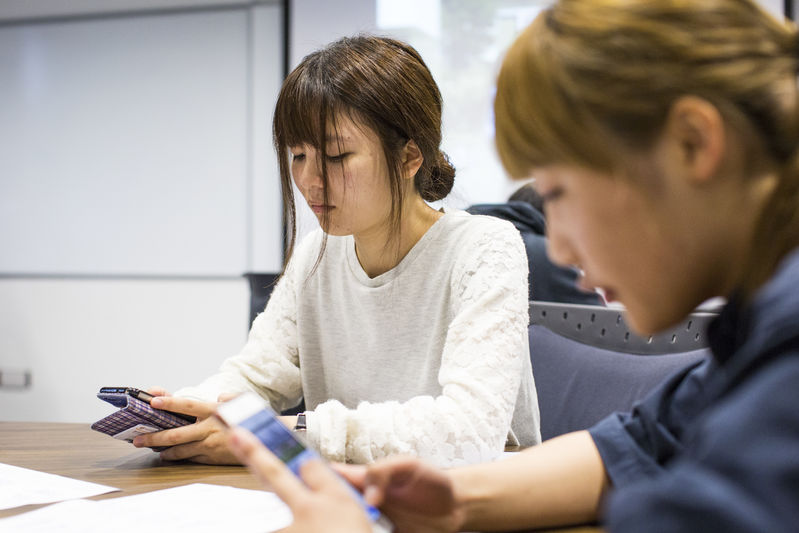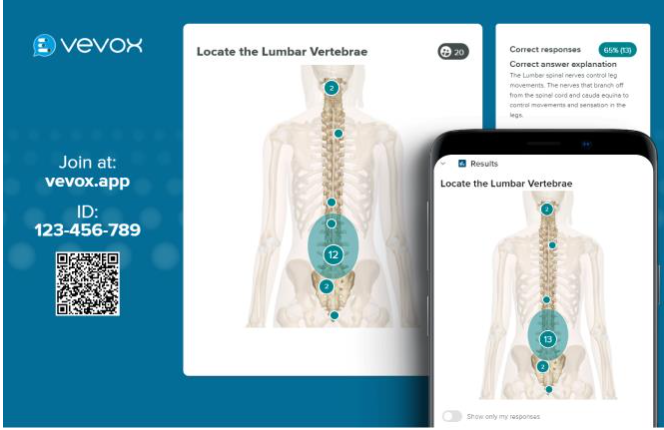
As leader of our PGCTHE programme, I keep an eye out for resources to help staff teach effectively. These include webinars, podcasts, online toolkits, publications and more. Topics include active learning, online/blended teaching, accessibility/inclusion, and effective learning design based on cognitive science. Below I’ve listed items that came to my attention in the past week. In the interest of clarity, our policy is to show the titles and descriptions in the language of delivery.
Online events and webinars
- On-going LTHE Chat, a weekly Twitter chat about learning and teaching in higher education
- Self-paced MOOC, Disability Awareness, Universal Design for Learning in Tertiary Education, “Universal Design for Learning (UDL) is a learning design approach that recognises there is no ‘average’ learner.”
- Multiple dates through 31/1/2022 Education and Training Foundation, EdTech Accessibility Training
- Multiple dates through 2/2022 AdvanceHE, Inclusive learning and teaching workshop series
- 24-28/1/2022 University of Liverpool, Liverpool Learning Summit: Equality, Diversity, Inclusion
- 25/1/2022 AbilityNet, How to deliver and sustain accessible digital learning – for HE and FE professionals
- 25/1/2022 SEDA, CPD and Reflective Practice – Opportunities for Meaningful Outcomes
- 26/1/2022 Dublin City University Teaching Enhancement Unit, Teaching, Learning and Assessment Approaches to Support Wellbeing
- 26/1/2022 National Seminar Series, Challenges for Learning Design & Teaching Practice Beyond the Pandemic with Professor Ale Armellini
- 28/1/2022 Centre for Distance Education, University of London, Supporting Student Success
- 8/2/2022 #CreativeHE, Let’s Dance! Play that funky music to facilitate learning
- 16/2/2022 University of Kent #DigiEduWebinars, Pedagogy and Practice when Teaching and Learning Online
- 28/2/2022 Centre for Distance Education, University of London, Supporting Student Success workshop
- 8-9/3/3022 Jisc, Digifest – update: now free of charge for Jisc members
- 14-18/3/2022 University of Warwick TEALfest, Technology-enhanced Active Learning Festival
Resources and publications
- Agarwal, P. (4/1/2019), Three reasons why retrieval practice boosts learning (3-minute video), Retrieval Practice
- Bovill, C. & McLaughlin, C. (17/1/2022), Learning together in a global pandemic: Practices and principles for teaching and assessing online in uncertain times (17-minute podcast), Teaching Matters
- College STAR (Supporting Transition Access and Retention) (2022), Three Two One videos, “College STAR (Supporting Transition Access and Retention) is a grant-funded project that enables participants to partner in the development of initiatives focused on helping postsecondary campuses become more welcoming of students with learning and attention differences. Much of this work is made possible by generous funding from the Oak Foundation.”
- Compton, M. (20/1/2022), Mobile phones 1: Education apps, Talk Teaching, Talk Tech (Note: this is the first of five linked posts about using mobile phones in teaching)
- Dawson, P., Carless, D., & Lee, P. P. W. (3/2021), Authentic feedback: supporting learners to engage in disciplinary feedback practices, Assessment & Evaluation in Higher Education, 46:2, 286-296
- Deslauriers, L., McCarty, L. S., Miller, K., Callaghan, K., Kestin, G. (9/2019), Measuring actual learning versus feeling of learning in response to being actively engaged in the classroom, Proceedings of the National Academy of Sciences, 116 (39) 19251-19257.
- Edwards, K. T. & Shahjahan, R. A. (2021), Navigating student resistance towards decolonizing curriculum and pedagogy (DCP): a temporal proposal, Teaching in Higher Education
- QAA (15/12/2021), Embedding Mental Wellbeing: methods and Benefits
- QAA (15/6/2021), What is academic integrity? (5- minute video)
- Rogers, H. (23/1/2021), Using a Course Backchannel to Supplement Teaching and Learning, Duke University Learning Innovation
- Rotterman, A. & Rabidoux, S. (15/3/2017), 4 Expert Strategies for Designing an Online Course, Inside Higher Education
- Sherrington, T. (16/1/2022), Rehearsal first; retrieval practice later – an important distinction, TeacherHead blog
- Wason, H. & Heron, M. (17/1/2022), How we can get students to think critically and talk about it, SEDA blog
- Winstone, N. E., Ajjawi, R., Dirkx, K. & Boud, D. (29/4/2021), Measuring what matters: the positioning of students in feedback processes within national student satisfaction surveys, Studies in Higher Education
Other
- Call for papers 14/2/2022: AdvanceHE, Race Equality Colloquium 2022: Race Equality in Transformative Times: Exploring intersections of minority-racialised identity and neurodiversity
- Call for papers 25/2/2022: University of Hull Annual international teaching and learning conference, Personalised Pedagogies: Inclusive, empowering and progressive Higher Education for all
- Call for papers 4/2/2022: Education Development Service at Birmingham City University, “Curriculum Imagination”: Decolonising HE Academic Practice Lecture Series
- Call for papers 10/2/2022: Association for Learning Technology and GO-GN, 13th annual conference for Open Education research, practice and policy (OER22)
- Call for papers 9/3/2022: Future of Education International Conference
Please see the Staff Training booking page for training offered by the LTEU and other Aberystwyth University staff. I hope you find this weekly resource roundup useful. If you have questions or suggestions, please contact our team at lteu@aber.ac.uk. You may also wish to follow my Twitter feed, Mary Jacob L&T.






